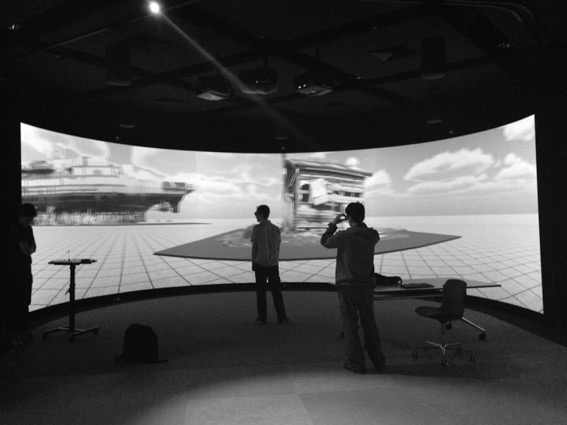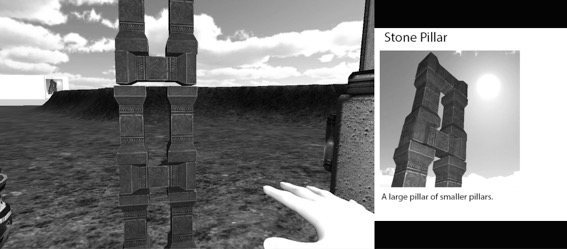I did not mention all these in my 22 May presentation at Digital Heritage 3D conference in Aarhus (http://conferences.au.dk/digitalheritage/)
But here are some working notes for future development:
How Xbox Kinect camera tracking could change the simulated avatar:
- Avatars in the simulated world change their size clothing or inventories – they scale relative to typical sizes and shapes of the typical inhabitants, or scale is dependent on the scene or avatar character chosen.
- Avatars change to reflect people picking up things.
- Avatars role-play – different avatars see different things in the digital world.
- Narrator gestures affect the attention or behavior of the avatar.
How Xbox Kinect camera tracking could change the simulated world or digital objects in that world:
- Multiple players are needed to lift and examine objects.
- Objects move depending on the biofeedback of the audience or the presenter.
- Interfaces for Skype and Google hangout – remote audiences can select part of the screen and filter scenes or wire-frame the main model.
- Levels of authenticity and time layers can be controlled or are passively / indirectly affected by narrator motion or audience motion / volume / infrared output.



